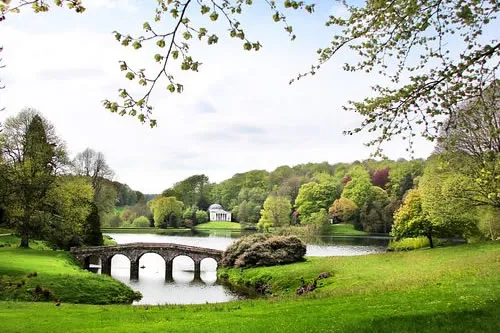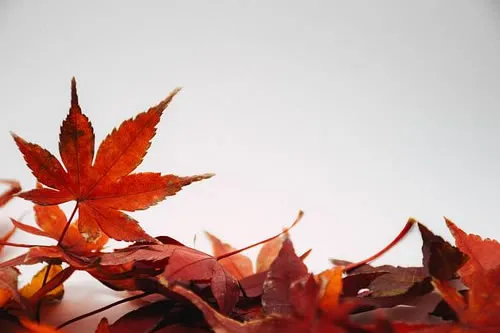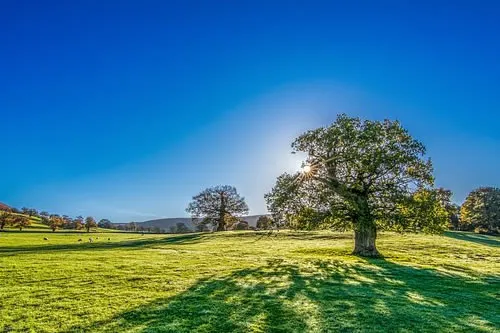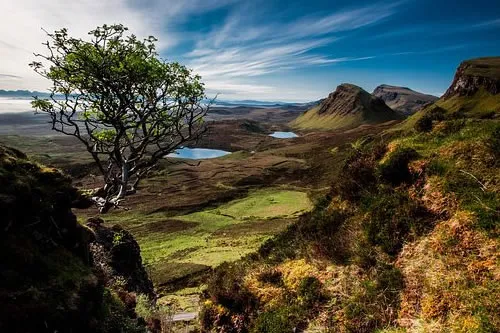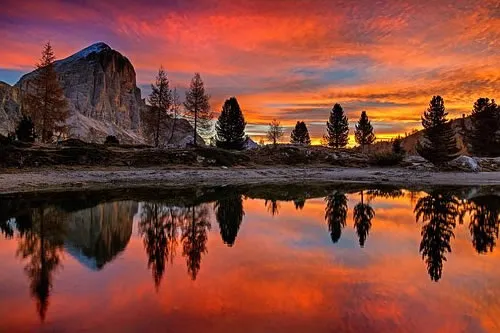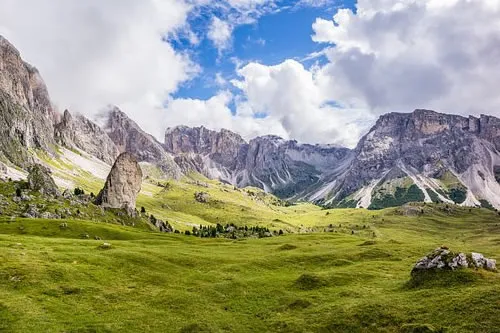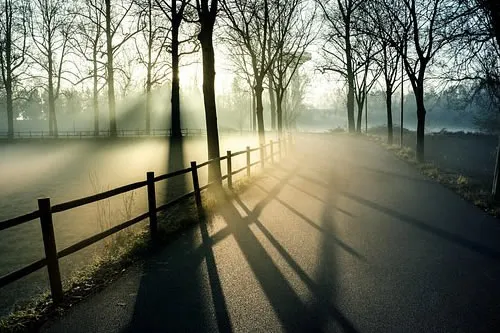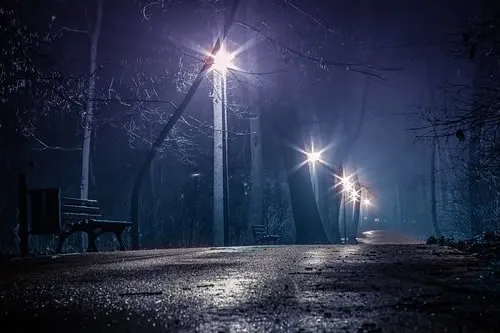旅游攻略英文(旅游攻略英文手抄报)
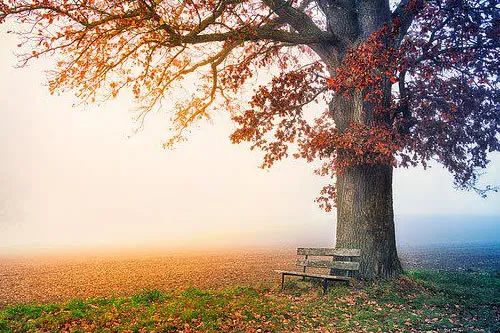
英语旅游攻略用什么时态写?
一般现在时和将来时。比如说:这里有什么那里有什么(这样的句子用一般现在时),你到了这个会怎么样,你会看到什么吃到什么(这样的句子用将来时)。
英语旅游攻略要写什么内容,急急急
英语只是一种语言而已,旅游攻略是一种文体。所以说英语旅游攻略,你只要和中国的旅游攻略一样写就可以了。基本思路是差不多的。
满意请采纳,谢谢!
西安旅游攻略(中英文)
您好!
目前西安的英文旅游攻略,估计中文网站很少有免费的,可以建议你去网上买点专业的西安旅游英文资料,网上有卖一个叫做“手绘西安”的图册,里面有很多是中英文双语的,相信会对你有点帮助~
如果需要中文的旅游攻略,建议可以到同程网来看看哦,里面会有目前网上最全的西安旅游景点介绍,地图,小吃推荐等一系列的资料,相信看完绝对会让你对西安有一个全面的认识哦~
西安详细旅游信息可参考:
西安详细旅游攻略可参考:
*** 旅游攻略用英语怎么说
*** 旅游攻略
Tibet touri *** strategy
旅游
[词典] touri *** ; tour; junketing;
[例句]有些国家靠旅游业 取大量外汇。
Some countries obtain large sums of foreign exchange from touri *** .
意大利的旅游攻略 英文版
Milan (Milano), situated on the flat plains of the Po Valley, is the capital of Lombardy and thoroughly enjoys its hard-earned role as Italy's richest and second largest city. Wealthy and co *** opolitan, the Milanesi enjoy a reputation as successful businesspeople, equally at home overseas and in Italy. Embracing tradition, sophistication and ambition in equal measure, they are just as likely to follow opera at La Scala as their shares on the city's stock market or AC or Inter at the San Siro Stadium.
Three times in its history, the city had to rebuild after being conquered. Founded in the seventh century BC by Celts, the city, then known as Mediolanum (id-plain'), was first sacked by the Goths in the 600s (AD),
then by Barbarossa in 1157 and finally by the Allies in WWII, when over a quarter of the city was flattened. Milan successively reinvented herself under French, Spanish and then Austrian rulers from 1499 until the reunification of Italy in 1870. It is a miracle that so many historic treasures still exist, including Leonardo da Vinci's The Last Supper, which survived a direct hit in WWII.
The Milanesi's appreciation of tradition includes a singular respect for religion; they even pay a special tax towards the cathedral maintenance. It is therefore fitting that the city's enduring symbol is the gilded statue of the Virgin, on top of the cathedral (Il Duomo).
Milan is founded around a historic nucleus radiating from the cathedral, with a star-shaped axis of arteries spreading through modern suburbs to
the ring road. The modern civic centre lies to the northwest, around Mussolini's central station, and is dominated by the Pirelli skyscraper, which dates from 1956. The trade and fashion fairs take place in the Fiera district, west of the nucleus around the Porta Genova station.
Milan's economic success was founded at the end of the 19th century, when the metal factories and the rubber industries moved in, replacing agriculture and mercantile trading as the city's main sources of income.
Milan's position at the heart of a network of c *** s, which provided the irrigation for the Lombard plains and the important trade links between the north and south, became less important as industry took over - and the waterways were filled. A few c *** s remain in the Navigli district near
the Bocconi University, a fashionable area in which to drink and listen to live music.
Since the 1970s, Milan has remained the capital of Italy's automobile industry and its financial markets, but the limelight is dominated by the fashion houses, who, in turn, have drawn media and advertising agencies to the city. Milan remains the marketplace for Italian fashion - fashion aficionados, supermodels and international paparazzi descend upon the city twice a year for its spring and autumn fairs. Valentino, Versace and
Armani may design and manufacture their clothes elsewhere, but Milan, which has carefully guarded its reputation for flair, drama and creativity, is Italy's natural stage.
Florence (Italy)
The Arno River runs through the center of Florence.
Florence is the capital of the region of Tuscany, on Italy's north-west coast. The cultural and historical impact of Florence is overwhelming. However, the city is one of Italy's most atmospheric and pleasant, retaining a strong resemblanceto the *** all late-medieval center that contributed so much to the cultural and political development of Europe.
Where Rome is a historical hot-pot , Florence is like stepping back into a Fiat and Vespa-filled Renaissance : the shop-lined Ponte Vecchio, the trademark Duomo, the gem-filled Uffizi Gallery, the turreted Piazza della Signoria and the Medici Chapels.
Duomo cathedral
The remarkable Duomo , with its pink, white and green marble fa? ade and characteristic dome , dominates the city's skyline. The building took almost two centuries to build (and even then the facade wasn't completed until the 19th century), and is the fourth-largest cathedral in the world. The enormous dome was designed by Brunelleschi, and its interior features frescoes and stained-glass windows by some of the Renaissance-era's best: Vasari, Zuccari, Donatello, Uccello and Ghiberti. Take a deep breath and climb up to take a closer look, and you'll be rewarded by fantastic views of the city and an insight into how the dome was so cleverly constructed - without scaffolding. The dome still defines the scale of the city, and no building in town is taller.
Bandinelli's Hercules and Cacus can be found in Piazza della Signoria.
Florence was founded as a colony of the Etruscan city of Fiesole in about 200 BC, later becoming the Roman Florentia, a garrison town controlling the Via Flaminia. In the 13th century the pro-papalGuelphs and pro-imperial Ghibellines started a century-long bout of bickering ,which wound up withthe Guelphs forming their own government in the 1250s. By 1292 Florence eventually becoming a commercial republic controlled by the Guelph-heavy merchant class.In the latter part of the 14th century the Medicis began consolidating power, eventually becoming bankers to the papacy . Florence became capital of the Kingdom, and remained so until Rome took over in 1875.
Florence used to be badly damged by war and floods (in 1966), fortunately the salvage operation led to the widespread use of modern restoration techniqueswhich have saved artworks throughout the country.
